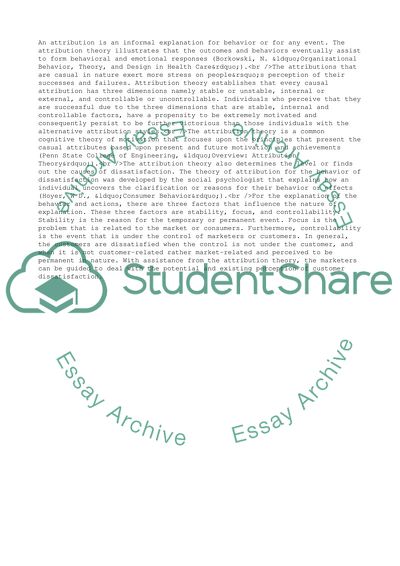Cite this document
(Attribution Theory and Its Relevance to Management Practice Coursework - 1, n.d.)
Attribution Theory and Its Relevance to Management Practice Coursework - 1. https://studentshare.org/management/1749561-attribution-theory-and-its-relevance-to-management-practice
Attribution Theory and Its Relevance to Management Practice Coursework - 1. https://studentshare.org/management/1749561-attribution-theory-and-its-relevance-to-management-practice
(Attribution Theory and Its Relevance to Management Practice Coursework - 1)
Attribution Theory and Its Relevance to Management Practice Coursework - 1. https://studentshare.org/management/1749561-attribution-theory-and-its-relevance-to-management-practice.
Attribution Theory and Its Relevance to Management Practice Coursework - 1. https://studentshare.org/management/1749561-attribution-theory-and-its-relevance-to-management-practice.
“Attribution Theory and Its Relevance to Management Practice Coursework - 1”. https://studentshare.org/management/1749561-attribution-theory-and-its-relevance-to-management-practice.


